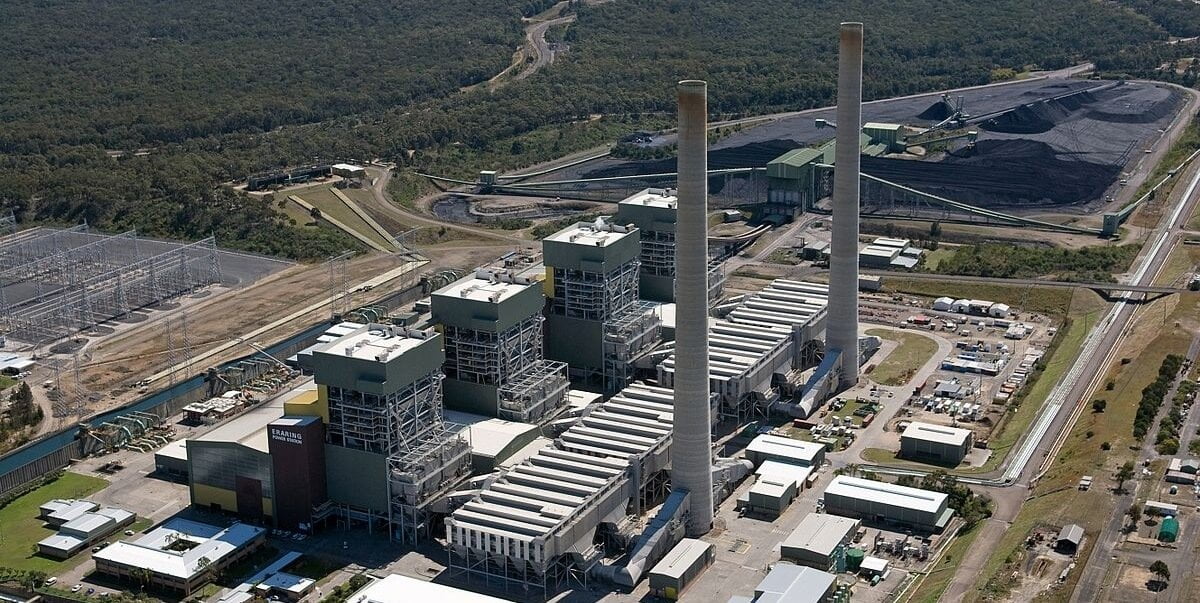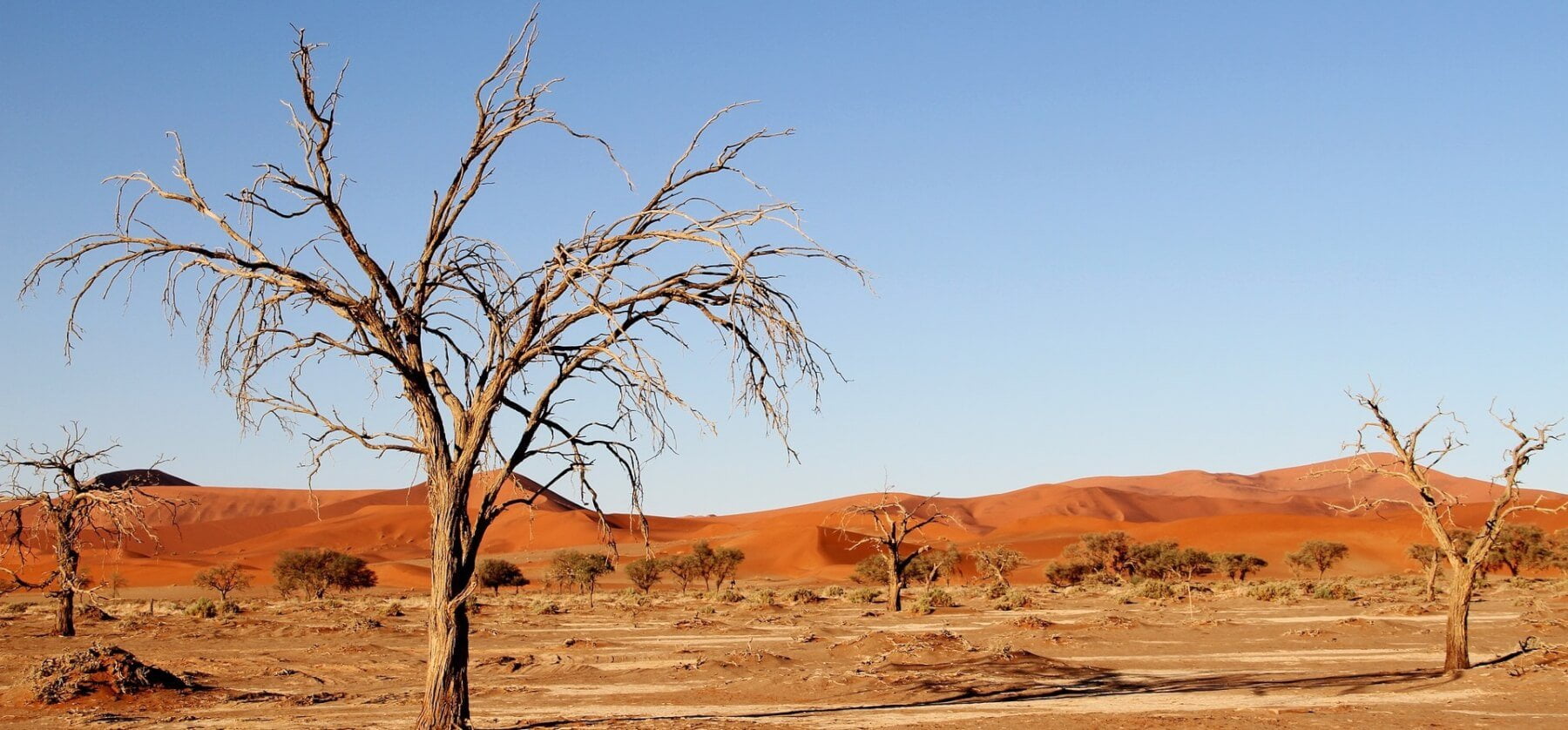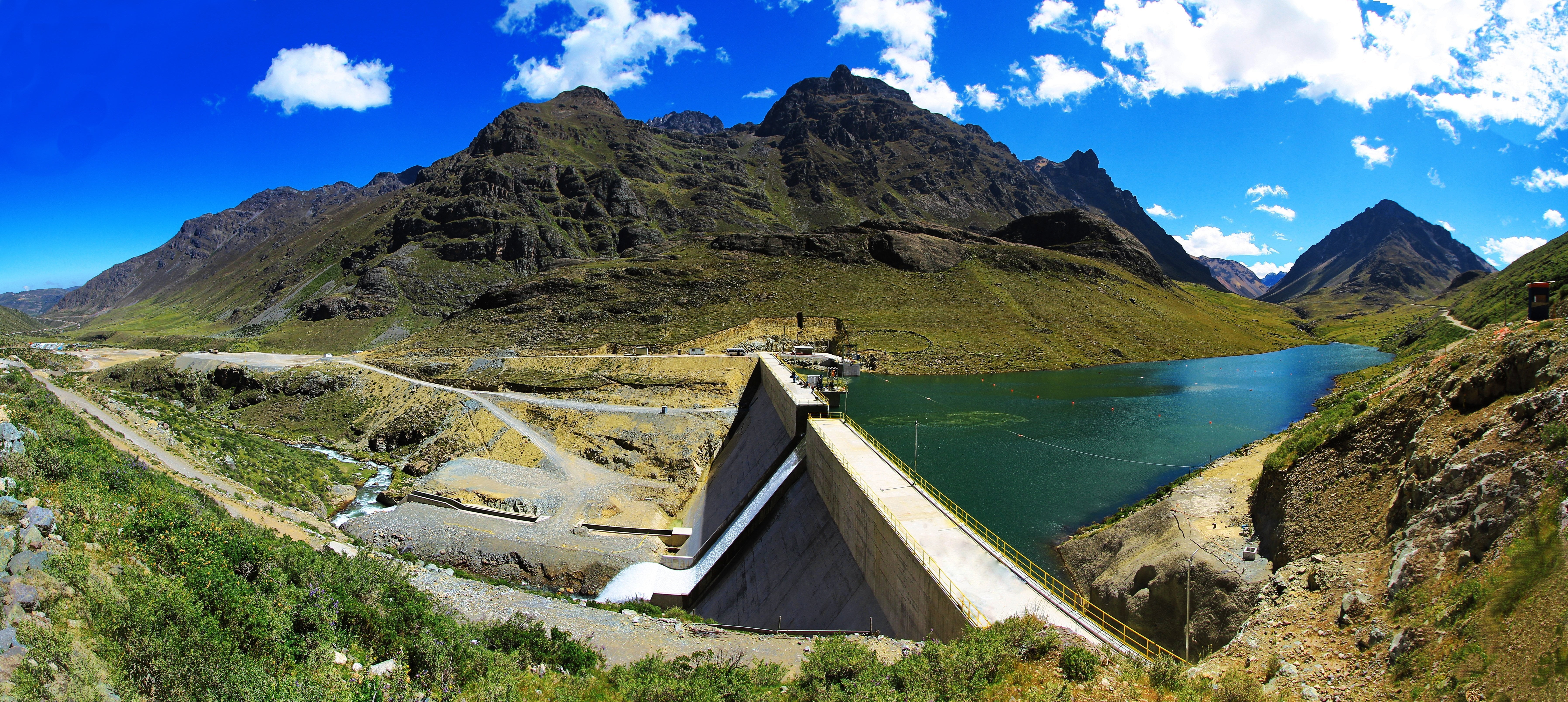April 2019 energy market wrap: It was a mixed bag on the National Energy market last month as cooler temperatures saw wholesale prices drop for 2020, 2021 and 2022 in New South Wales and Queensland, but plateauing prices in South Australia and Victoria.
This led to longer validity periods offered by retailers for their quotes, which suggesting that pricing is stabilising to a degree.
Another factor which is impacting the market is the upcoming Federal Election on 18 May. Investors are hoping the election will deliver a more certain regulatory framework moving forward to reduce the risk in their investments. It is likely the investment environment will improve regardless of who wins the election.
Australia continues to experience drought and fears that El Nino will extend the period will put further pressure on the already depleted Snowy and Tasmania’s hydro electricity supply.
Generation from Snowy Hydro increased slightly from 147 GWh in February to 155GWh in March though output continues to be constrained due to low water storage levels at Lake Eucumbene. To put the situation into context, output in January stood at 242 GWh.
Water in storage is currently at around 26% of capacity and are not expected to increase markedly until the second half of the year following winter rains and the melting of snow cover in early spring.
| DATE | REGION | Average Spot | Peak |
| 2019/04 | NSW | 78.47 | 87.04 |
| 2019/04 | QLD | 68.64 | 76.31 |
| 2019/04 | SA | 93.84 | 95.95 |
| 2019/04 | TAS | 104.72 | 108.07 |
| 2019/04 | VIC | 98.44 | 105.41 |
Source AEMO – Prices are $/MWh
Federal Election energy proposals
Energy supply and costs have established themselves as key factors in the Federal Election campaign, with both the Liberal and Labor Party leaders speaking about the issues at length.
As mentioned earlier, the incumbent government is basing its campaign on continued mixed generation through wind, solar and High-Efficiency Low Emissions thermal plants.
The Coalition also wants to encourage current fossil generators to extend the lifespan of their power plants, although there does not seem to be much appetite to do so due to the rising costs of coal, maintenance of sites and the falling cost of renewables.
Labor, on the other hand, is pushing for a target of 50 per cent of power from renewables by 2030, which it says will keep power prices lower, and create tens of thousands of jobs in the renewables industry.
Labor has also stated that it will double the original investment in the highly effective Clean Energy Finance Corporation (CEFC), providing an additional $10 billion in capital for over five years from 2019-20.
Coalition
- Extra $2 billion for the Direct Action scheme.
- No additional funds for the CEFC.
- Default offers for residential and small business users.
- Underwriting of new dispatchable generation – shortlist of projects has already been announced.
- No change to current renewable energy target.
Labor
- Extra $10 billion for CEFC.
- $5 Billion fund for investment in transmission network.
- 50% renewable energy target for 2030.
- 50% EV target by 2030.
While both parties have strategies to encourage investment in dispatchable generation, Labor’s doubling down of the CEFC and independent transmission fund will probably result in a more efficient allocation of resources rather than the Coalition’s strategy of picking out the projects it will back before the election.
Any investment in new generation will bring down prices, and that is reflected in the forward markets, with 2021 and 2022 being much lower than 2020. This is despite the planned closure of the Liddell power station in 2022.
Supply-side factors
Lower demand and generation output from black coal generators in Queensland and NSW increased by 7% during March and contributed to a decrease in prices in northern regions. Average inter-connector exports from Queensland to NSW increased from 293MW in February to 493MW in March, providing further downward pressure on NSW price levels.
The output from brown-coal generators in Victoria and gas-fired generators in South Australia increased thermal generation in southern regions, though the stronger demand levels in these regions and the continuation of high exports to Tasmania (via Basslink) resulted in prices remaining robust in these regions.
The increased availability of brown-coal generating units in Victoria saw their output increase by 14%. A 13% increase in generation at Pelican Point, Torrens Island, and Osborne gas-fired power stations in South Australia offset a reduction in wind generator output.
The increased inter-connector flow across Basslink, from 206MW in February to 272MW in March was due to continued conservation of long-term water storages by Hydro Tasmania and reliance on mainland generating capacity.
Increased generation from rooftop solar PV and utility-scale wind and solar in South Australia resulted in strong exports to Victoria during the middle of the day, while Victoria exports similar energy volumes to South Australia across overnight periods.
The NSW-Victoria interconnector exhibits a similar trend, with energy flowing south into Victoria during peak periods, and north into NSW during off-peak periods.
El Niño threat
The East Coast of Australia has experienced long periods of drought in 2019, but the possibility of a ‘Monster El Niño’ will compound matters further and could push wholesale electricity prices through the roof.
El Niño is a weather phenomenon that causes higher than usual temperatures. This, of course, leads to more demand as people turn up their air conditioning.
El Niño also means less rain, stretching the supply of water used in hydropower generation in Tasmania and Snowy. Because water levels drop, there is less supply from these sources. The formula of increased demand and restricted supply pushes prices up.
You can read more about the El Niño phenomenon here.
Snowy and Tasmania
Generation from Snowy Hydro decreased increased slightly from 147 GWh in February to 155GWh in March though output continues to be constrained due to low water storage levels at Lake Eucumbene.
Water in storage is currently at around 26% of capacity, though Snowy has managed to contain further decreases despite low rainfall and inflows. Storage levels at Eucumbene are not expected to increase markedly until the second half of the year following winter rains and the melting of snow cover in early spring.
Tasmania’s hydro plants are also conserving water and have cut production down to a minimum. This operating behaviour is expected to continue until winter rainfall begins to replenish Tasmanian dam levels.
The threat of further drought continues to loom as El Niño gathers in strength.
May outlook
Because of lower demand, Autumn is usually the time when significant coal-fired capacity comes off-line to undertake planned outages following the summer period.
Queensland black-coal generators are expected to maintain strong output and exports of electricity to southern regions over the coming months, offsetting the effect of the coal-fired generator outages in NSW and Victoria.
Though coal-fired generator performance across NSW and Victoria improved over March, with multiple units undertaking planned outages over coming weeks the performance of remaining units will be important in determining price outcomes during May.
Further forced outages and unit trips would result in higher average prices, though extreme price events are not expected due to the availability of gas and hydropeaking plants.
Want to find out the best time to go to tender for your energy contract?
Knowing when to go to the market to purchase energy for your business at future prices is a great way to establish exactly how much you will be paying and for how long.
The key is to know the exact time to go to the market. Our Energy Management Consultants are always plugged into the National Energy Market and will advise you when the time is right to enter into an energy contract. Call us today on +61 1300 852 770 or send us an email on hello@leadingedgeenergy.com.au
















